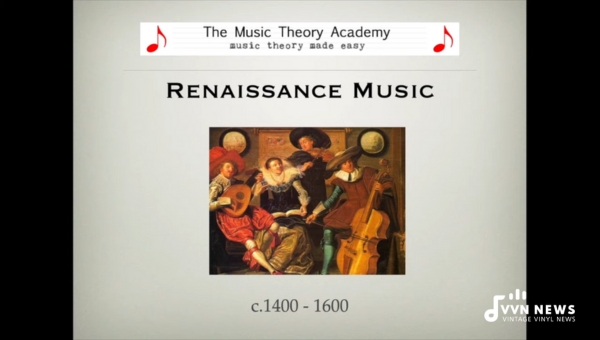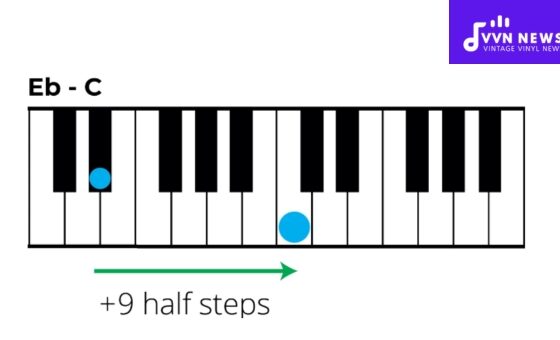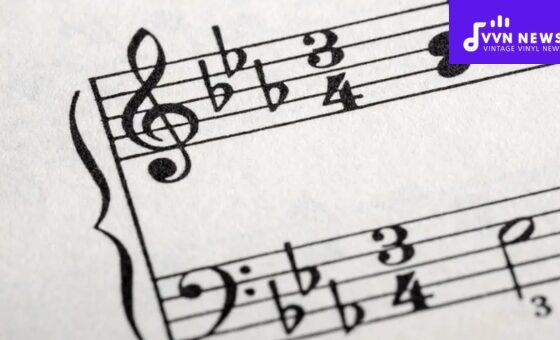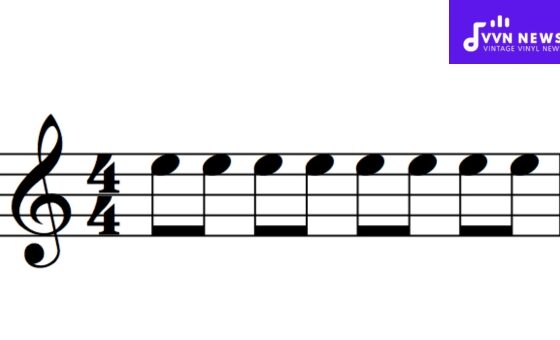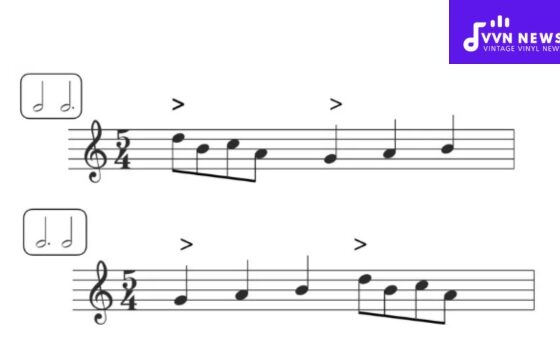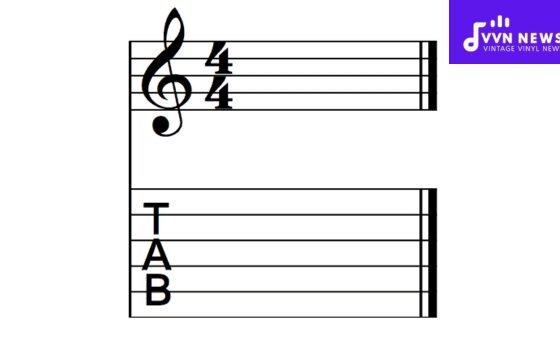The Renaissance Music Period, spanning from the 14th to the 17th centuries, is a remarkable era in the history of music.
Renowned for its captivating melodies, intricate harmonies, and rich cultural influences, this period holds a significant place in the evolution of Western music.
In this blog post, we will explore the fascinating journey of Renaissance music and delve into its fascinating history and profound influence on future genres.
During this extraordinary musical epoch, Europe witnessed a remarkable revival of interest in the arts and sciences.
A renewed focus on humanism, exploration, and artistic expression characterized the Renaissance period.
This cultural resurgence paved the way for an explosion of creativity across various disciplines, including literature, painting, sculpture, and, of course, music.
In this article, we will delve into the key characteristics that define Renaissance music and discover how it laid the foundation for future musical developments that continue to resonate with audiences today.
What was the Renaissance music period and its significance?
The Renaissance music period, also known as the Golden Age of Polyphony, spanned from the 14th to the 17th centuries in Europe.
It was a time of immense artistic and intellectual growth following the tumultuous Middle Ages.
The term “Renaissance” itself signifies rebirth or revival, and this period marked a transition from medieval traditions to a new age of exploration, invention, and cultural renewal.
Significance of Renaissance Music Period
- Shaping Western music: The Renaissance period served as a critical bridge between medieval monophonic chants and the complex harmonies and structures of Baroque music. It laid the foundation for later musical forms such as opera, symphonies, and concertos.
- Harmonic Innovation: Musicians during this period introduced new harmonic concepts, including consonance and dissonance, creating a rich tapestry of expressive and emotive compositions.
- Vocal Polyphony: Renaissance composers embraced polyphonic vocal music, where multiple melodic lines intertwined harmoniously. This development allowed for increased complexity and melodic interplay.
- Humanism in Music: Renaissance music celebrated human creativity and emotion, reflecting the growing interest in humanistic philosophy during this era.
- Court Patronage: The flourishing courts across Europe provided musicians with financial support to experiment with new musical forms and techniques. As a result, we see an explosion of artistic expression during this time.
- Expanding Musical Instruments: The Renaissance witnessed advancements in musical instruments such as strings (violin family), woodwinds (recorder), brass (trumpet), and keyboard instruments (harpsichord) – paving the way for more expansive orchestration.
The Renaissance music period was an extraordinary time of artistic rebirth in which remarkable innovations in harmony, composition techniques, instrumental development, and vocal expression laid the foundation for future musical genres.
Its significance stems from its profound influence on Western music, which continues to inspire and captivate audiences worldwide.
Also Read: Romantic Music Period [Key Characteristics & Famous Composers]
How did Renaissance music differ from previous periods?
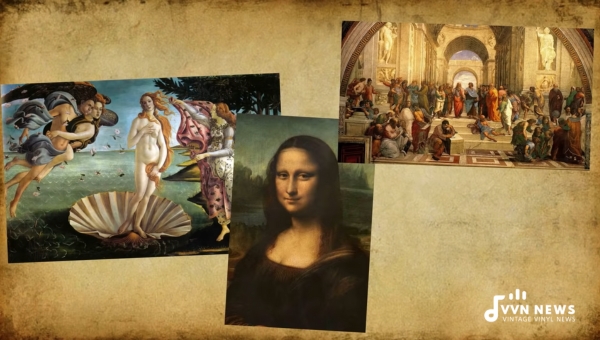
The Renaissance music period marked a significant departure from the musical styles and conventions of the preceding medieval era. Here are several ways in which Renaissance music differed:
Polyphony and Harmonic Complexity
Renaissance music embraced polyphony; a style that features multiple melodic lines occurring simultaneously.
Unlike the monophonic chants of the medieval period, which consisted of a single melodic line, polyphonic compositions allowed for intricate harmonies and counterpoint.
Emphasis on Human Voices

While instruments played an important role in Renaissance music, vocal music took center stage. Composers focused on writing elaborate choral works, with intricate harmonies sung by choirs or small vocal ensembles.
Secular Music’s Rise in Prominence
As religious influence waned during the Renaissance, secular music gained popularity. Composers began exploring new themes beyond traditional liturgical texts, incorporating poetic lyrics about love, nature, and various aspects of daily life.
Madrigals and Chansons

Widely popular during the Renaissance, madrigals (in Italy) and chansons (in France) were secular vocal genres characterized by poetic texts set to vibrant melodies with rich harmonic structures.
Clearer Notation
Advancements in musical notation made during this period led to greater clarity in portraying rhythm and pitch on paper.
Composers could express their musical ideas more precisely through the use of mensural notation.
Dissonance as an Artistic Device
Renaissance composers intentionally incorporated dissonance into their compositions to heighten emotional expression and create tension within their works.
Unlike earlier periods where dissonance was to be resolved quickly, it became an expressive tool in its own right.
Increased Use of Instruments
While vocal music remained dominant during the Renaissance, there was a significant increase in the use of instruments.
Composers began writing music specifically designed for instruments, elevating them from mere accompaniment to partners in musical expression.
These distinctions between Renaissance music and previous periods highlight the innovative approaches and remarkable artistic achievements that defined this era.
The embrace of polyphony, focus on vocal expression, growth of secular music, and expanded use of instruments all contributed to the rich tapestry of Renaissance music that continues to captivate listeners today.
Musical Innovations of the Renaissance
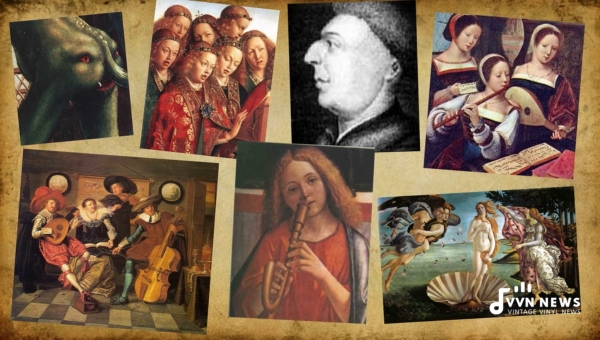
The Renaissance period witnessed a plethora of innovative musical techniques and practices. Here are some key innovations that arose during this pivotal era:
- Polyphony and Counterpoint: Polyphony was one of the defining characteristics of Renaissance music. Composers started to incorporate multiple melodic lines, allowing them to experiment with rich harmonies and complex interweaving melodies. This development led to the emergence of counterpoint, a technique where different melodic lines maintain their independence while interacting harmoniously.
- Vocal Music: Vocal music flourished during the Renaissance, with composers exploring new techniques to enhance expressiveness and emotional depth in choral works. The use of diverse voicing combinations and vocal ranges allowed for intricate harmonies, creating a sense of depth and beauty.
- The Birth of Opera: The Renaissance witnessed the birth of opera, an art form that combined music, poetry, drama, and elaborate staging. Composers like Claudio Monteverdi pushed musical boundaries by blending recitative (speech-like singing) and aria (highly melodic solo passages), setting the stage for the development of opera as we know it today.
- Instrumental Music: While vocal music continued to dominate during this period, instrumental music began to gain prominence. Composers started writing specifically for instruments, exploring their unique sonorities and capabilities.
- Harmony and Tonality: Harmony played a crucial role in shaping Renaissance compositions. Composers moved away from modal scales prevalent in medieval music towards major and minor keys, unlocking new tonal possibilities.
- Musical Notation: Advances in notation allowed for more precise expression in writing and performing music. Composers developed new symbols to indicate rhythm, dynamics, articulation, and ornamentation, giving performers greater interpretive freedom.
- Madrigals: Madrigals were secular vocal compositions written for small groups of singers. Composers used word painting, a technique where the music reflects the meaning of the lyrics, to create vivid and emotional musical depictions.
These musical innovations laid the groundwork for future musical traditions and genres.
The Renaissance period it marked a significant turning point in the history of music, ushering in an era of heightened creativity, experimentation, and artistic expression that continues to inspire musicians and audiences to this day.
Who were the top Renaissance composers?
The Renaissance period saw the emergence of several brilliant composers who left an indelible mark on the history of music.
These talented individuals expanded the boundaries of musical expression, pushed the boundaries of innovation, and created timeless compositions that continue to be revered to this day.
Here are some of the towering figures in Renaissance music:
- Guillaume Dufay: Dufay was a prominent composer during the early Renaissance era. He is known for his polyphonic compositions and contributions to sacred music. His choral works, such as “Missa L’homme armé” and “Nuper Rosarum Flores,” showcase his mastery of intricate melodies and harmonies.
- Josquin des Prez: Des Prez is often hailed as one of the greatest composers of the Renaissance period. He excelled in both sacred and secular music, creating emotionally evocative compositions. Notable works include his motets “Ave Maria…virgo serena” and “Miserere mei.”
- Giovanni Pierluigi da Palestrina: Palestrina’s name is synonymous with polished and refined vocal polyphony. His works are renowned for their exquisite counterpoint and melodic beauty. The composition “Pope Marcellus Mass” is considered a masterpiece in choral music.
- Orlando di Lasso: Lasso was a versatile composer who blended elements from various European musical traditions. His prolific output spans both secular and sacred genres, showcasing his prowess in madrigals, chansons, motets, and masses.
- Thomas Morley: Morley played a significant role in shaping English Renaissance music. He composed countless madrigals, ballets, and consort songs that exemplify the elegant simplicity characteristic of the English musical style.
These composers not only contributed greatly to their contemporaneous musical scene but also set the stage for future generations of composers.
Their works formed the foundation for new musical styles and techniques that would emerge in subsequent periods.
How did sacred vs secular music change during the Renaissance?
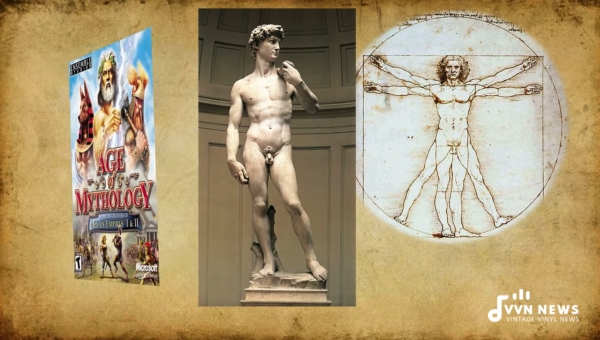
One of the significant developments during the Renaissance music period was the evolving distinction between sacred and secular music.
In the early Middle Ages, religious music dominated the scene, with Gregorian chant being the primary form of musical expression in churches. As society transformed during the Renaissance, so did its musical landscape.
Rise of Secular Music
- Secular Music: With a growing emphasis on humanism and a resurgence of interest in worldly affairs, there arose a demand for music that catered to non-religious themes and entertainment.
- Madrigals: The advent of polyphony, characterized by multiple melodic lines harmonizing together, gave birth to a popular form of secular vocal music called madrigals. These compositions often featured lyrics inspired by love, nature, and mythology.
- Instrumental Music: As secular culture flourished, instrumental music gained prominence as well. Dance forms such as pavanes and galliards became widely popular among the nobility and courtly circles. Composers like Tielman Susato composed collections of dance music that further solidified the genre’s role in secular settings.
Transformation of Sacred Music
- Polyphonic Mass Settings: While religious music continued to hold significance during the Renaissance period, its style transformed. Composers began creating polyphonic mass settings using multiple voices and intricate harmonies that reflected their newfound artistic freedom.
- Motets: Motets also experienced changes during this era, with composers like Josquin des Prez infusing expressive qualities into these sacred choral works.
A bridge between Sacred and Secular
- Chansons: Chansons were French songs that thrived during this period – they straddled both sacred and secular realms by featuring both religious and non-religious texts.
- English Madrigals: In England, the influence of secular music blended with sacred themes in compositions known as English madrigals. Some of the notable composers of English madrigals include Thomas Morley and William Byrd.
The Renaissance period it marked a significant shift in the balance between sacred and secular music.
While religious music remained essential in liturgical contexts, secular music began to flourish and establish its own distinct identity.
This development played a crucial role in shaping the future trajectory of Western music and paved the way for further musical innovations in subsequent periods.
What was the role of instruments in Renaissance music?
Instruments played a crucial role in Renaissance music, adding depth and variety to musical compositions.
While vocal music remained dominant during this period, instrumental music emerged as a distinct art form.
Renaissance composers started to explore the potential of different instruments, propelling music into new realms of expression.
Variety of Instruments
A wide array of instruments were used during the Renaissance period. These included string instruments such as viola da gamba and lute, keyboard instruments like the organ and harpsichord, wind instruments such as the recorder and shawm, and percussion instruments like drums and tambourines.
Music for Instruments
Composers began writing music specifically for instrumental ensembles, showcasing the unique capabilities of each instrument within an ensemble setting.
The rise of instrumental forms such as dances (such as pavane and galliard) allowed musicians to explore rhythmic patterns and melodic variations in an instrumental context.
Improvisation
Instrumentalists were often encouraged to add improvisational elements to their performances. This gave them the freedom to showcase their technical prowess and interpretive skills by embellishing melodies or incorporating ornamentations into their playing.
Ensemble Music
The popularity of ensemble playing grew during this period, prompting the formation of various types of groups, including consorts (groups consisting entirely of one type of instrument), mixed ensembles with multiple instrument types, and larger ensembles that combined voices with instruments.
Harmony
Instruments also played a significant role in enhancing harmonic complexity in Renaissance compositions.
By adding accompanying chords or being melodies themselves, they contributed to creating rich harmonies that were not possible with voices alone.
The integration of instruments into Renaissance music opened up new avenues for artistic expression and paved the way for further developments in instrumental music in future periods.
Their ability to evoke emotions, expand musical textures, and create intricate harmonies greatly influenced subsequent musical styles, making Renaissance instrumental music an essential cornerstone in the evolution of Western classical music.
Also Read: Exploring The Classical Music Period [Impact On Modern Music]
How has Renaissance music impacted modern Music?
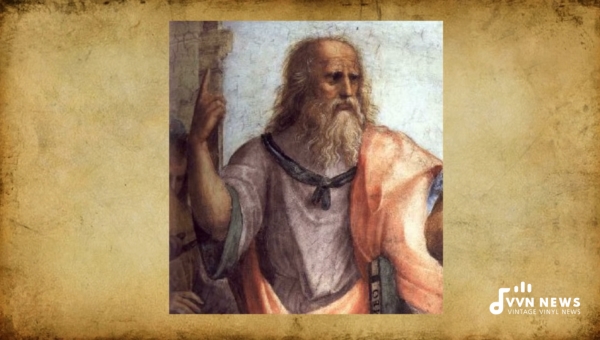
The influence of Renaissance music cannot be overstated when it comes to its impact on modern music.
Its innovations and stylistic elements have left an indelible mark on the development of Western music throughout the centuries.
Here are some key ways in which Renaissance music has shaped and influenced the music we enjoy today:
- Melodic and Harmonic Structure: Renaissance composers introduced new melodic and harmonic structures that have become fundamental components of modern Western music. These include balanced phrases, clear tonal progressions, and intricately woven polyphonic textures.
- Instrumentation: The Renaissance period saw significant advancements in the development of musical instruments. The creation of new instruments, such as violins, violas, and keyboards, paved the way for a more diverse and colorful sound palette.
- Choral Music: The tradition of choral singing, which was prevalent during the Renaissance period, continues to be a vital part of modern choral compositions. The use of rich harmonies, vocal counterpoint, and expressive melodies can be traced back to this era.
- Secular Music: While sacred music held great importance during this period, the rise of secular vocal music allowed composers to explore different themes and styles that continue to resonate with audiences today.
- Opera: The seeds of opera were sown during the Renaissance period with the birth of musical dramas like madrigals and motets. These early forms laid the foundation for grand opera productions that emerged later on.
- Compositional Techniques: The musical innovations introduced by Renaissance composers, such as imitation, word painting, and complex counterpoint, laid the groundwork for future compositional techniques that contemporary musicians still utilize.
- Cultural Influences: Renaissance music drew inspiration from various cultural sources, such as folk traditions, dances from different regions, and melodies from other parts of Europe. This embrace of diverse influences continues to shape the multicultural nature of modern music.
Renaissance music has had a profound influence on modern music. Its impact can be seen in the melodic and harmonic structures, instrumental developments, choral traditions, secular compositions, opera, compositional techniques, and cultural influences that persist in Western music today.
Understanding the rich heritage of Renaissance music allows us to appreciate the foundations upon which modern music stands and continue to draw inspiration from its timeless beauty.
FAQs about the Renaissance Music Period
What defines the Renaissance Music Period?
The Renaissance Music Period was a vibrant era in European history from the 14th to 17th centuries that witnessed a remarkable resurgence of interest in the arts, sciences, and humanistic values.
How did Renaissance music differ from previous periods?
Renaissance music featured distinct characteristics such as polyphony, expressive harmonies, and a focus on humanist themes. It marked a departure from the monophonic compositions of the Medieval period.
Who were some notable composers of the Renaissance?
Composers like Josquin des Prez, Giovanni Pierluigi da Palestrina, Claudio Monteverdi, and Orlando di Lasso were influential figures in shaping Renaissance music with their innovative compositions.
What was the role of instruments in Renaissance music?
The use of instruments in Renaissance music varied depending on whether it was sacred or secular. While sacred music predominantly featured vocal polyphony, secular music incorporated a wide range of instruments such as lutes, violins, recorders, and harpsichords.
How has Renaissance music impacted modern compositions?
Renaissance music laid the foundation for future musical developments by introducing new forms and techniques that are still prevalent today. Its influence can be heard in various genres such as classical, baroque, and even contemporary popular music.
Conclusion
In conclusion, the Renaissance Music Period stands as a testament to the power of human creativity and artistic expression.
This remarkable era in music history brought about a wave of innovation, paving the way for the development of musical genres that continue to captivate audiences today.
From the breathtaking harmonies to the masterful compositions of renowned composers, Renaissance music remains an integral part of our cultural heritage.
Its influence can still be felt in modern music, making it essential for any music enthusiast to explore and appreciate this vibrant period in musical history.
